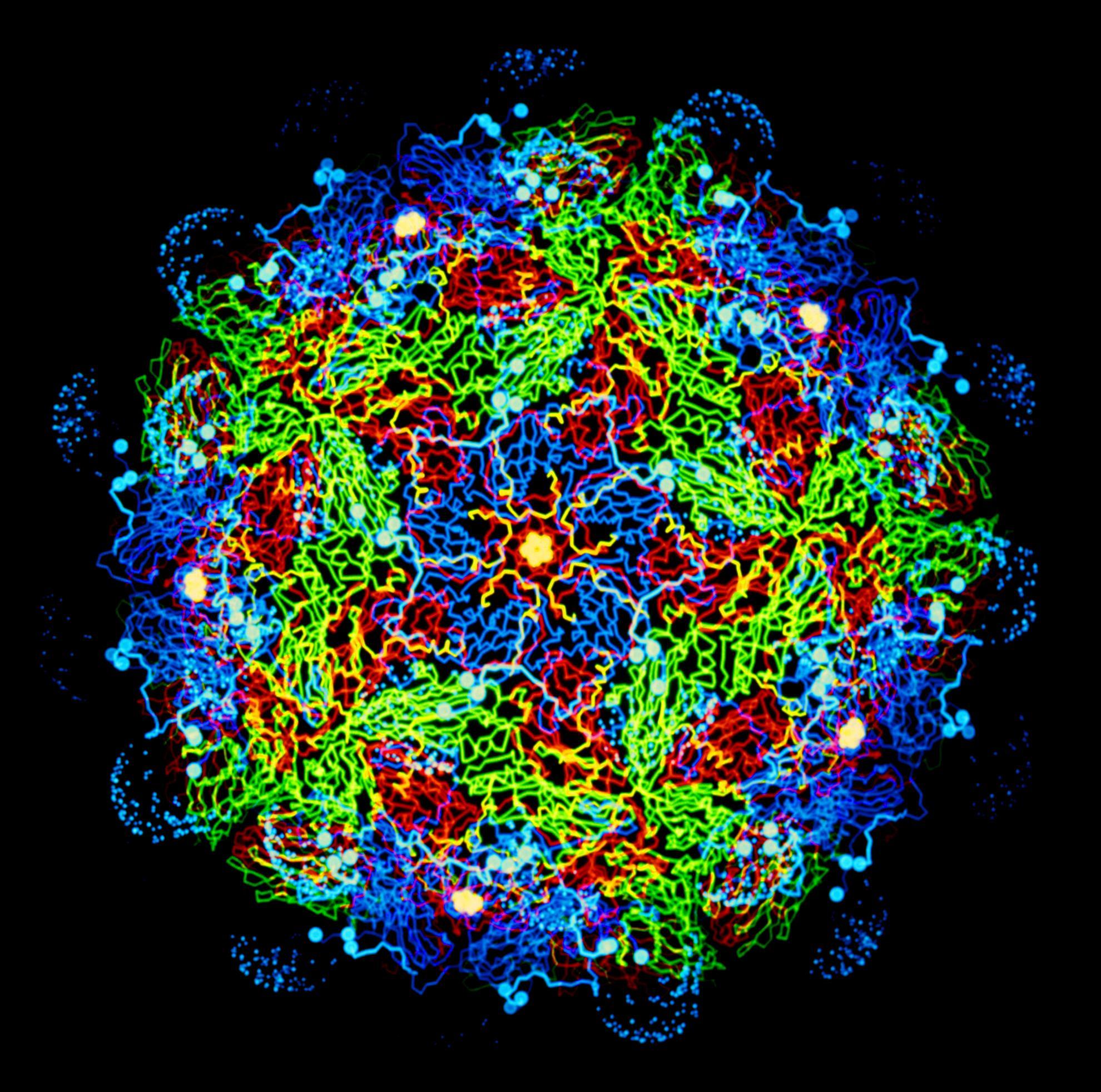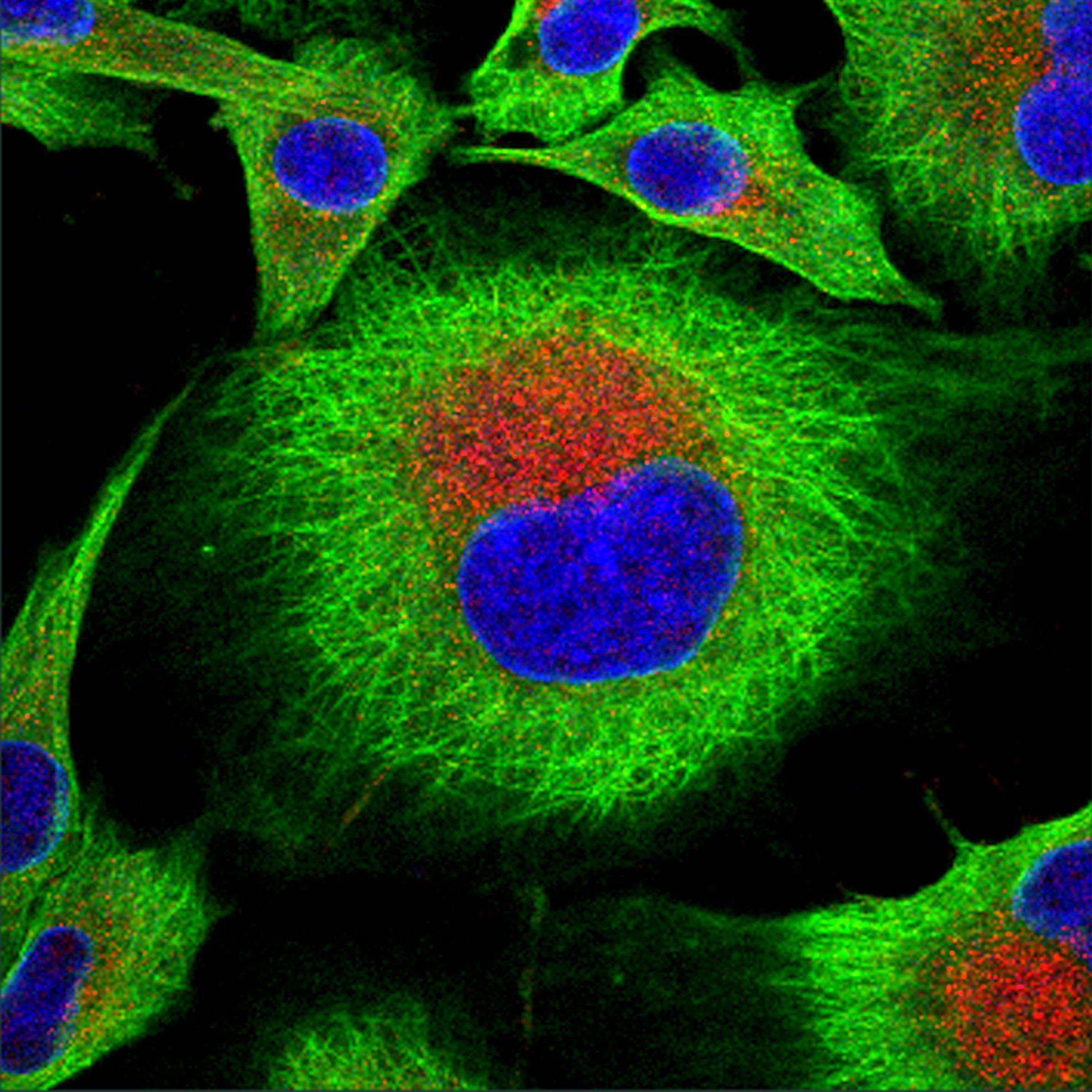Viral dynamics and immune responses to foot-and-mouth disease virus in African buffalo (Syncerus caffer)
Foot-and-mouth disease (FMD) is one of the most important livestock diseases restricting international trade. While African buffalo (Syncerus caffer) act as the main wildlife reservoir, viral and immune response dynamics during FMD virus acute infection have not been described before in this species. We used experimental needle inoculation and contact infections with three Southern African Territories serotypes to assess clinical, virological and immunological dynamics for thirty days post infection. Clinical FMD in the needle inoculated buffalo was mild and characterised by pyrexia. Despite the absence of generalised vesicles, all contact animals were readily infected with their respective serotypes within the first two to nine days after being mixed with needle challenged buffalo. Irrespective of the route of infection or serotype, there were positive associations between the viral loads in blood and the induction of host innate pro-inflammatory cytokines and acute phase proteins. Viral loads in blood and tonsil swabs were tightly correlated during the acute phase of the infection, however, viraemia significantly declined after a peak at four days post-infection (dpi), which correlated with the presence of detectable neutralising antibodies. In contrast, infectious virus was isolated in the tonsil swabs until the last sampling point (30 dpi) in most animals. The pattern of virus detection in serum and tonsil swabs was similar for all three serotypes in the direct challenged and contact challenged animals. We have demonstrated for the first time that African buffalo are indeed systemically affected by FMD virus and clinical FMD in buffalo is characterized by a transient pyrexia. Despite the lack of FMD lesions, infection of African buffalo was characterised by high viral loads in blood and oropharynx, rapid and strong host innate and adaptive immune responses and high transmissibility.


